Finished the 20 Kilometers of Brussels
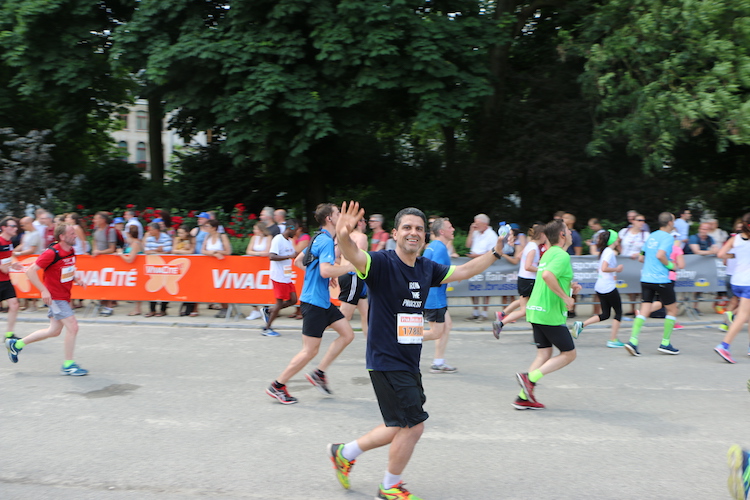
Today, I’ve run my longest distance yet: 2O kilometers in the 20km de Bruxelles! That’s almost a half-marathon (21.0975 km). This time, I did a lot better than my last race in LLN, when I was a bit dehydrated and exhausted because of the high elevations.
The first edition of 20 km de Bruxelles happened in 1980 with 4.659 runners. Today, the 39° edition was sold-out with 40.000 runners. Amazing! It is literally a big party. I’m glad to be part of it in my last year in Belgium and also sad because I didn’t participate before. I hope to visit Brussels in the future to do it again.
Some personal data of this race:
| Metrics | Results |
|---|---|
| Distance | 20 km |
| Duration | 1:56'21'' |
| Pace | 5'49''/km |
The path is flat with few elevations. 99% on paved streets and crossing the wonderful public park Bois de la Cambre. This time, I did check the elevations and saved energy for the hardest one at the end of the race. I run together with my friend and former boss Fabrice Degraux, who was familiar with the race and shared some tips about the path, including the painful last elevation.
This time I was very careful about the hydration. I drunk 4 glasses of water before leaving home and during the race, instead of throwing away bottles full of water after a few sips, I held the bottles until finishing them. It didn’t cause abdominal pain this time, so I will adopt the practice for the next race.
I remembered to put tapes on my nipples, but I forgot a small detail: since it was a warm day, the firefighters were throwing water on the runners to refresh them and I took a good deal of shower, leaving my feet soaked and suffering with some blisters. I have to avoid that next time or buy waterproof shoes or socks.
That’s my second race. As usual, it reinforced my inspirations in every aspect of life. I still don’t know when my next race will happen, but it will probably be in Canada. I expect to run a couple of half-marathons before going to a full marathon, which is planned for 2019 when I turn 40.
Recent Posts
Can We Trust Marathon Pacers?
Introducing LibRunner
Clojure Books in the Toronto Public Library

Once Upon a Time in Russia
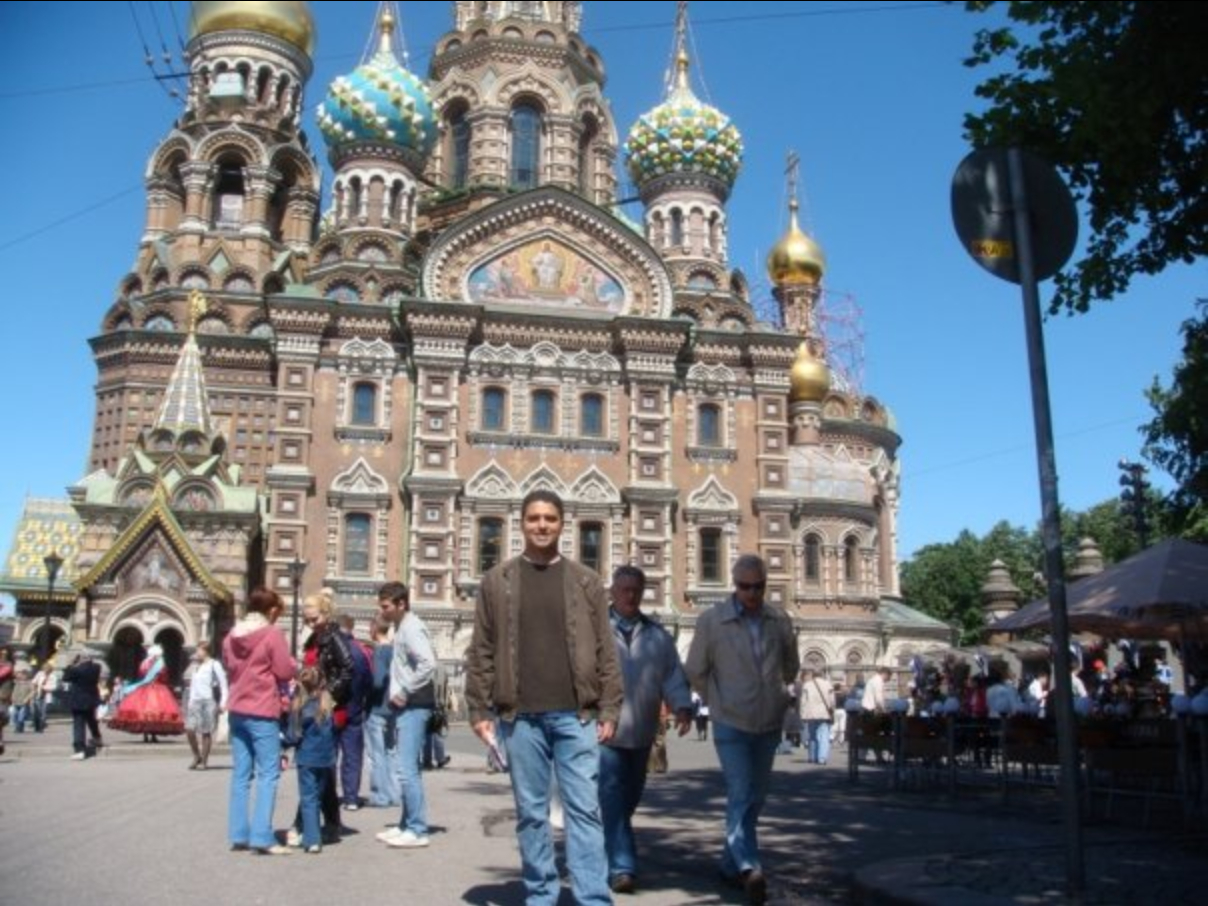
FHIR: A Standard For Healthcare Data Interoperability
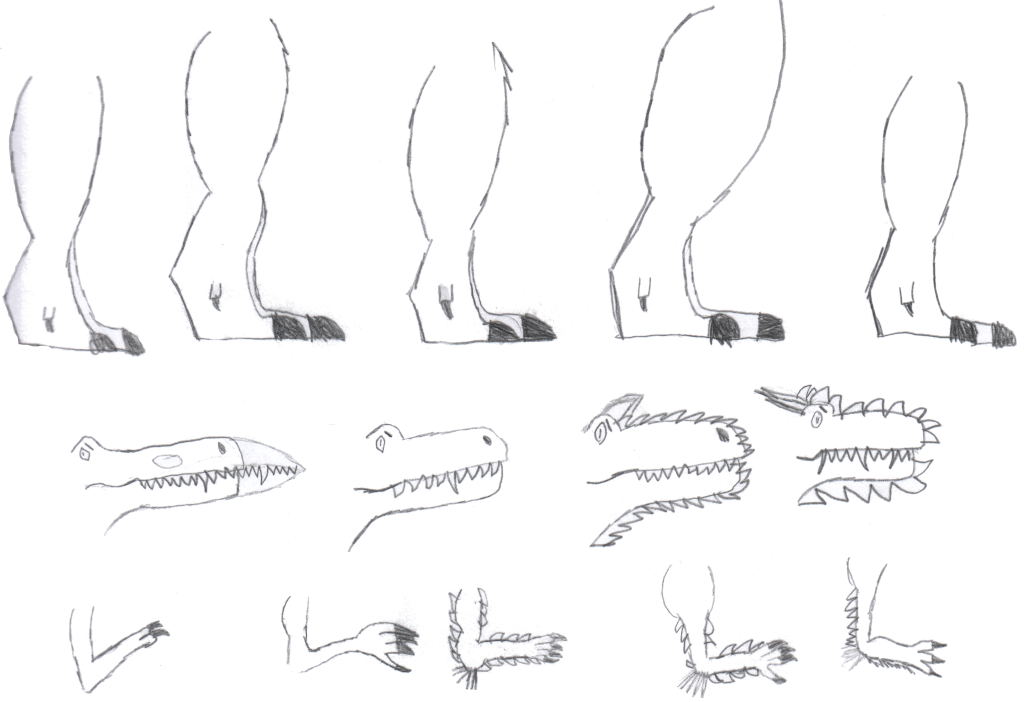
First Release of CSVSource
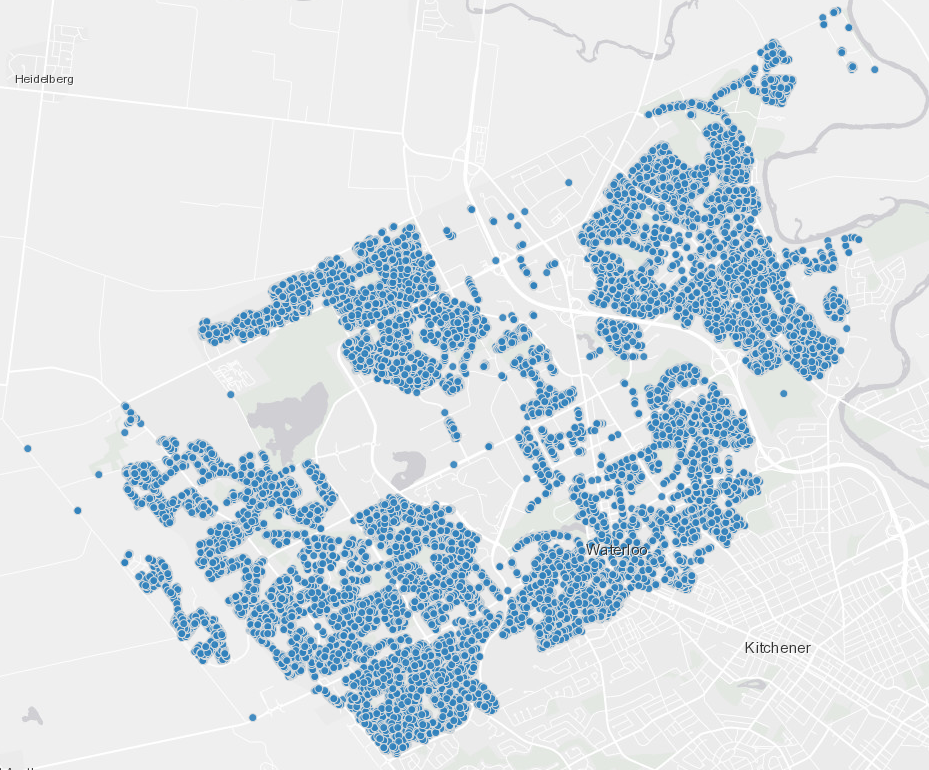
Astonishing Carl Sagan's Predictions Published in 1995
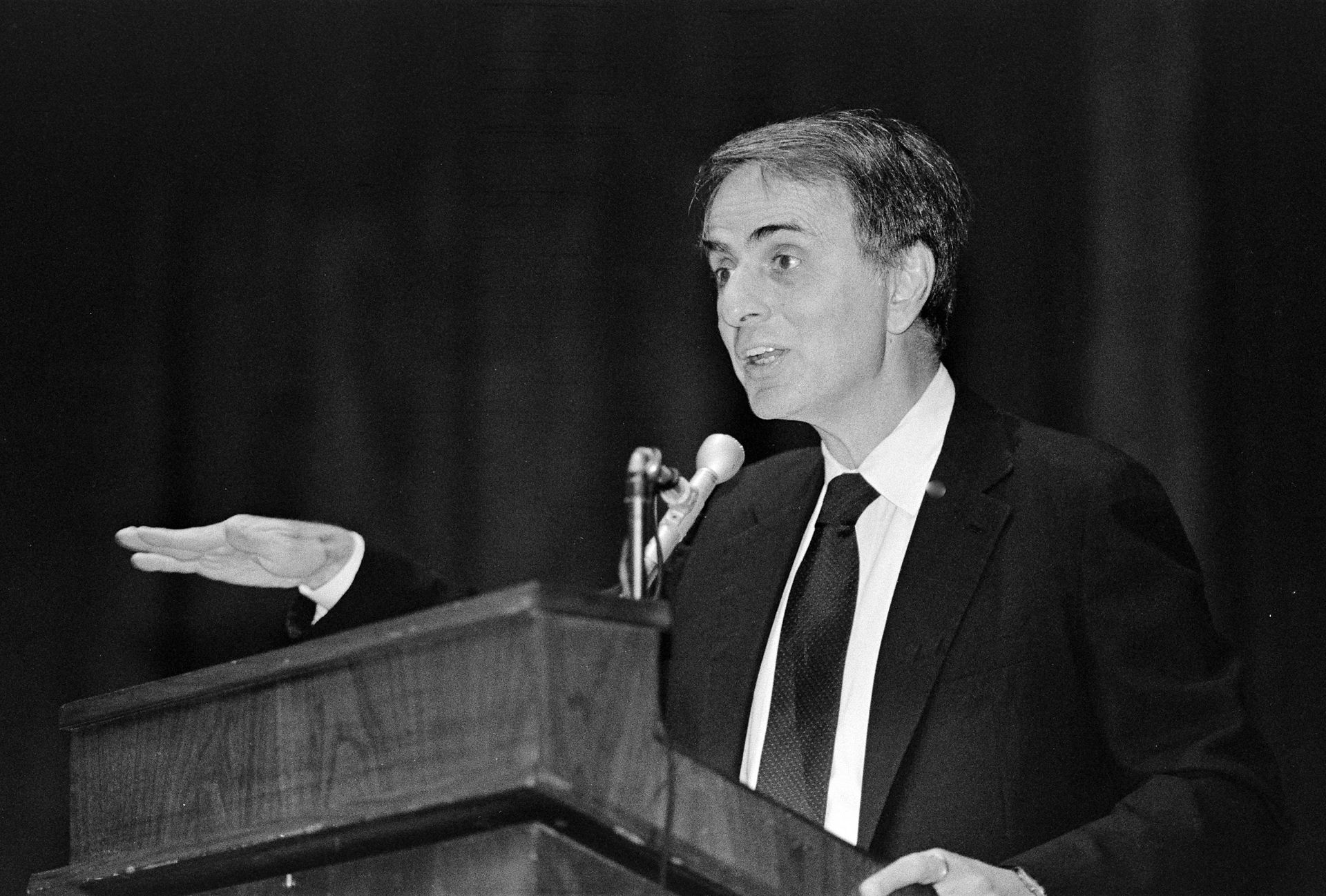
Making a Configurable Go App
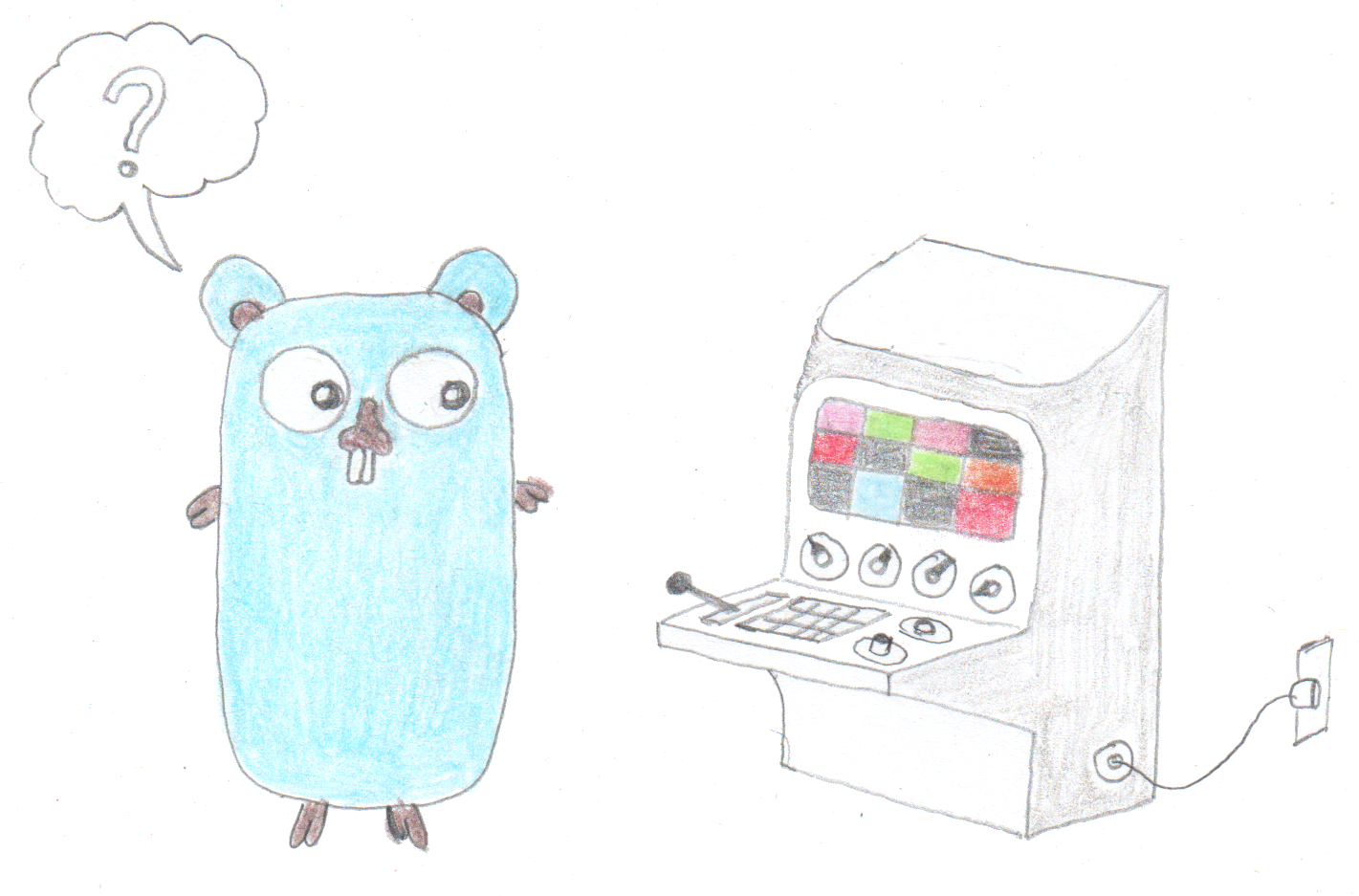
Dealing With Pressure Outside of the Workplace
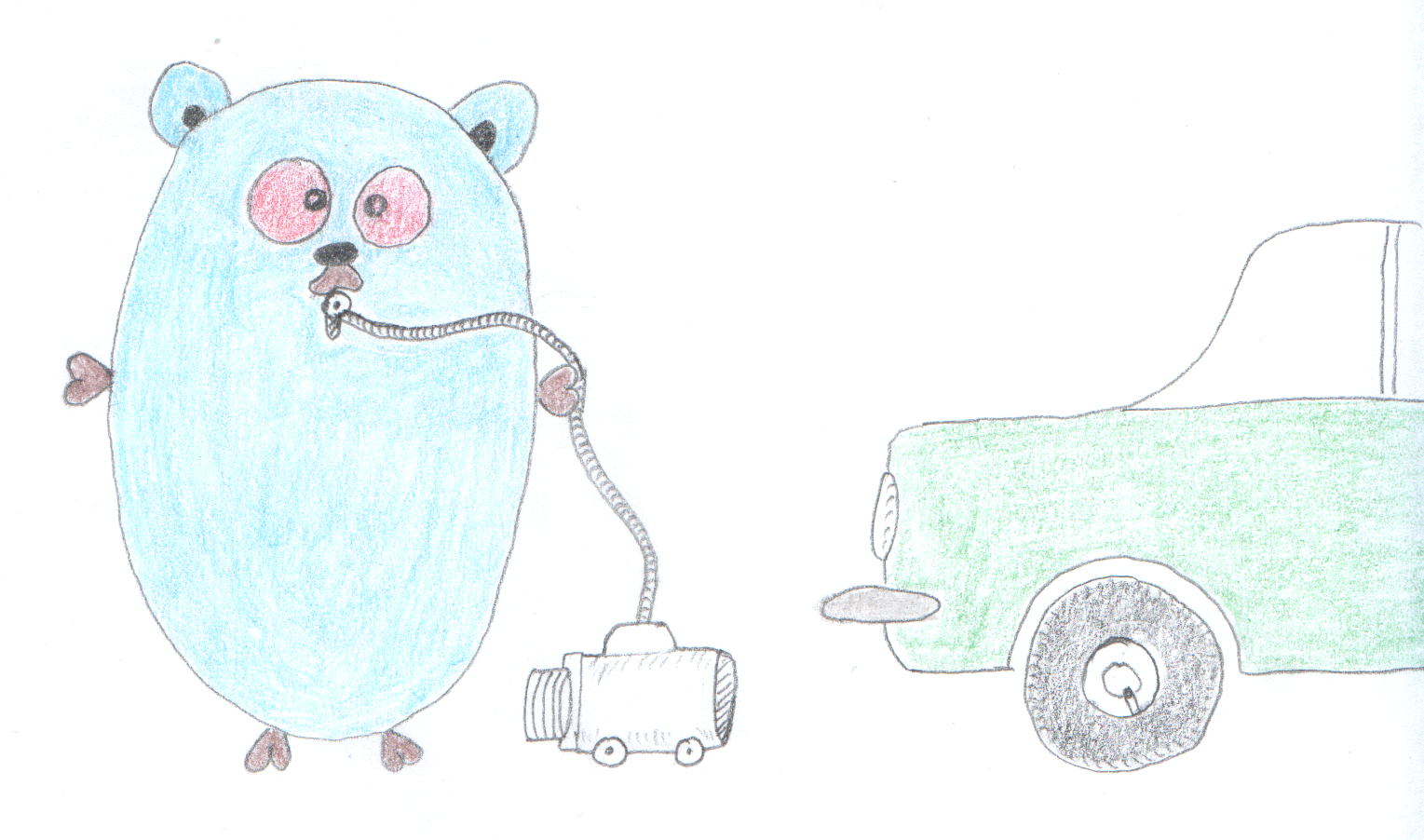
Reacting to File Changes Using the Observer Design Pattern in Go
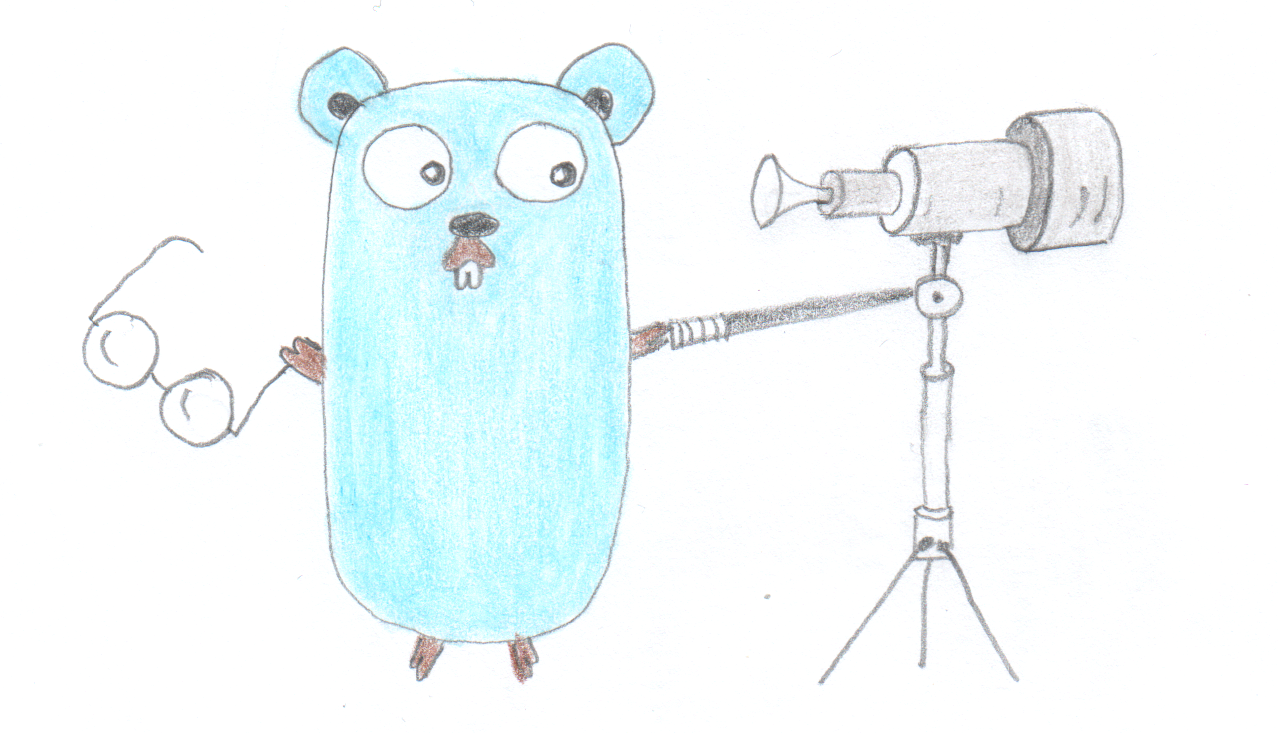
Provisioning Azure Functions Using Terraform
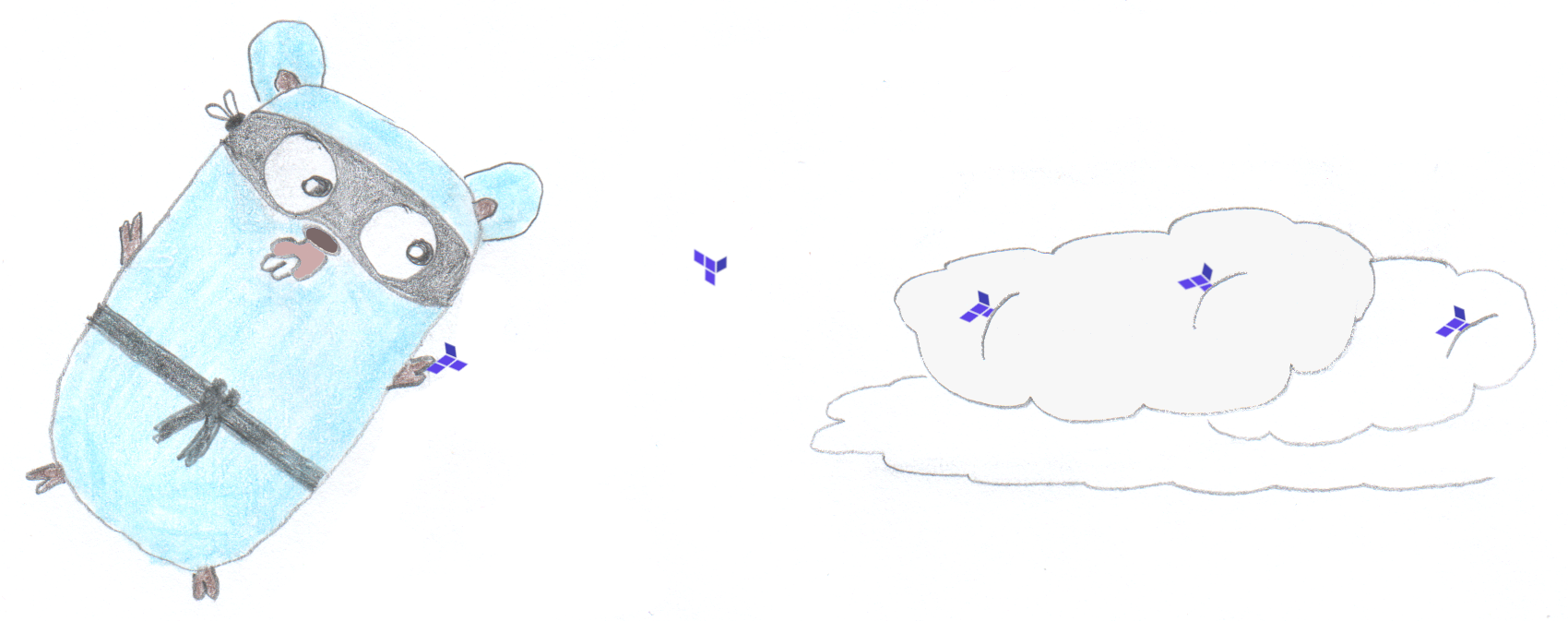
Taking Advantage of the Adapter Design Pattern
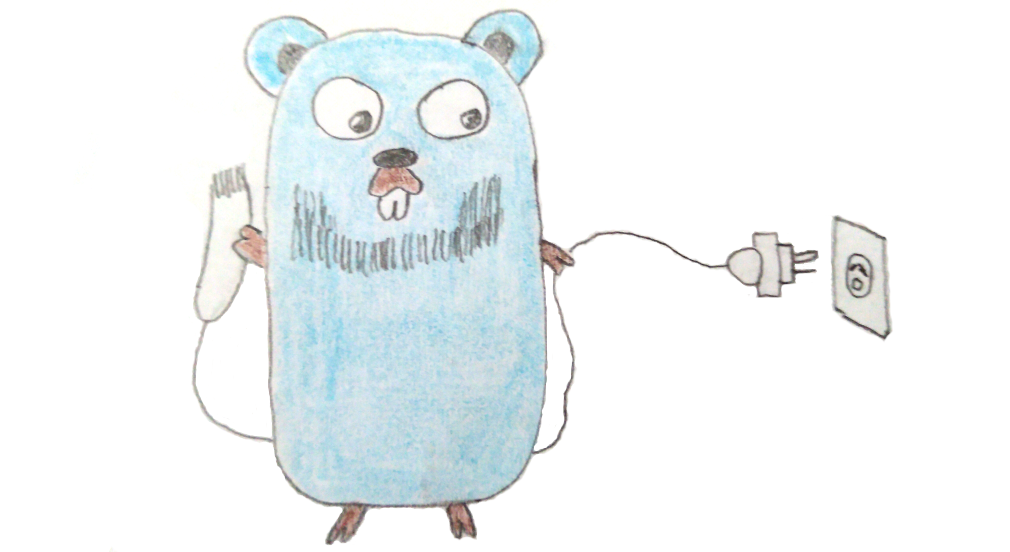
Applying The Adapter Design Pattern To Decouple Libraries From Go Apps
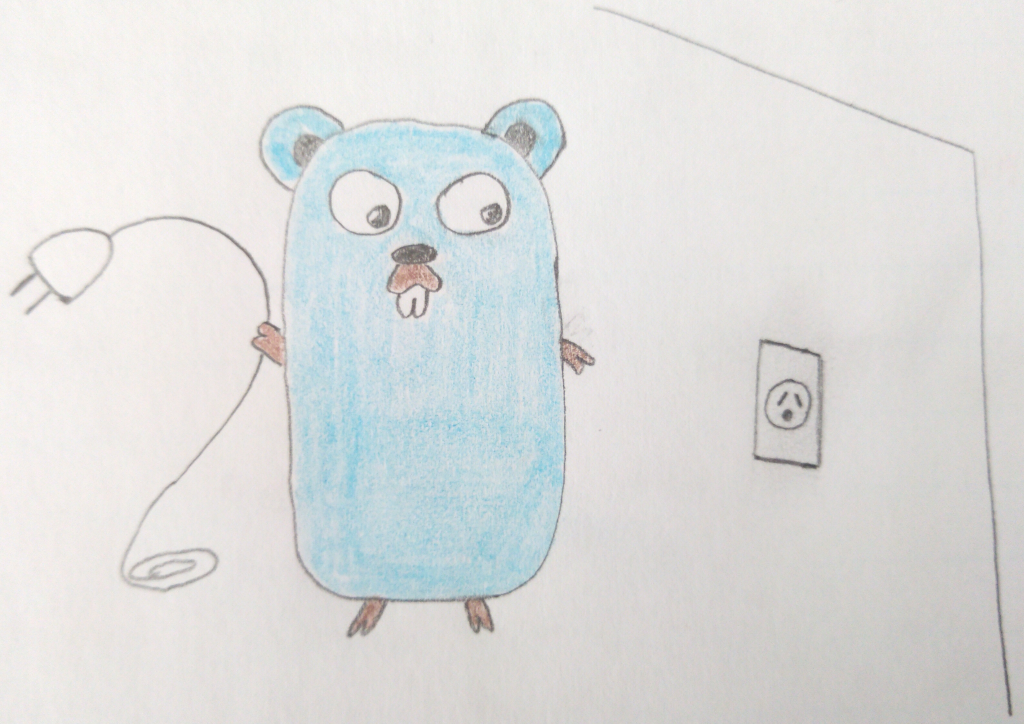
Using Goroutines to Search Prices in Parallel
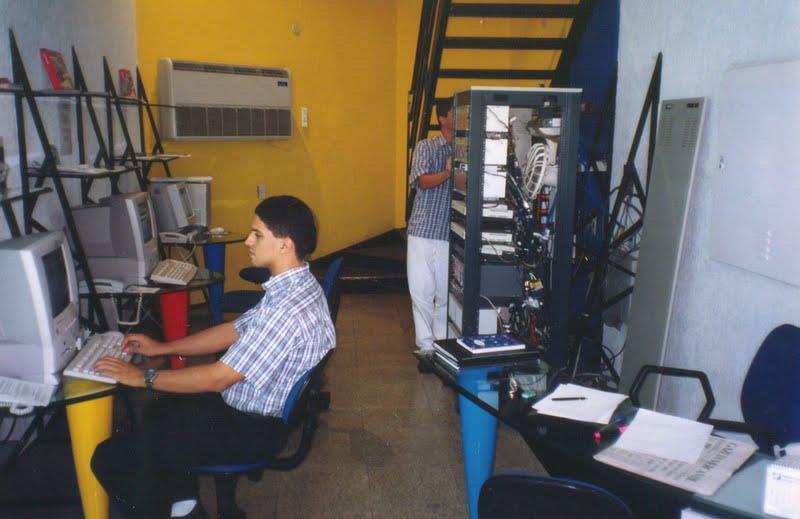
Applying the Strategy Pattern to Get Prices from Different Sources in Go
